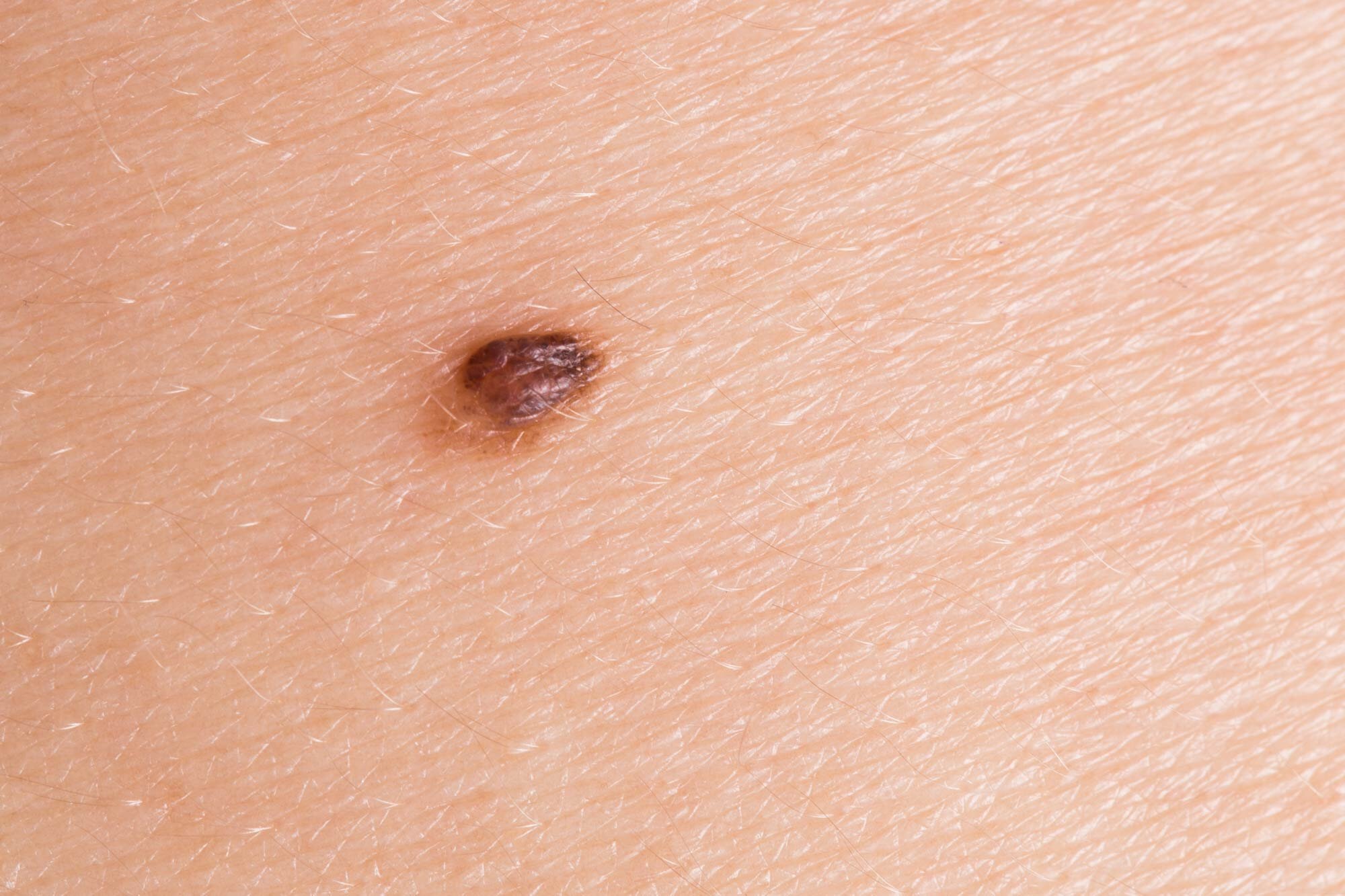
Melanoma

Melanoma is less common than basal cell carcinoma or squamous cell carcinoma, but is more aggressive than both types of skin cancer. In the United States, about 200,000 cases are diagnosed annually.
While the exact cause of melanoma is not well-understood, it is known that ultraviolet light from the sun and tanning beds increases one’s risk. Other pertinent risk factors include a personal or family history of melanoma, a history of sun burns, skin complexion, hair color, presence of freckling, and the number of moles on the body. A history of 5 or more sunburns doubles one’s lifetime risk of developing melanoma.
Early detection is key when it comes to melanoma. The prognosis for thin melanomas is very good, with a five-year survival of approximately 99%. However, the survival rate is lower once the melanoma has spread to lymph nodes or distant organs. Monthly self-skin exams are a great way to monitor for melanoma. Any new, changing, or unusual appearing mole should be evaluated by a board-certified dermatologist. The ABCDEs and “ugly duckling” sign can help guide you on what to look out for. Melanoma can occur on both sun-exposed and sun-protected skin, including areas where “the sun doesn’t shine,” so all parts of the body should be monitored. Those with pertinent risk factors should have a full body skin examination by a board-certified dermatologist at least once per year.
Early stage melanoma is usually treated with surgical excision. In some cases, it may be advised to also have a lymph node or multiple lymph nodes also removed. For advanced melanoma, surgery is often used in combination with immunotherapy, targeted therapy or chemotherapy. In some situations, treatment with radiation may be recommended.


